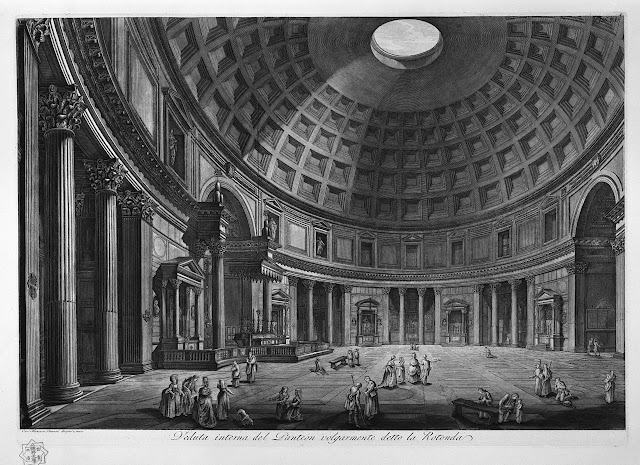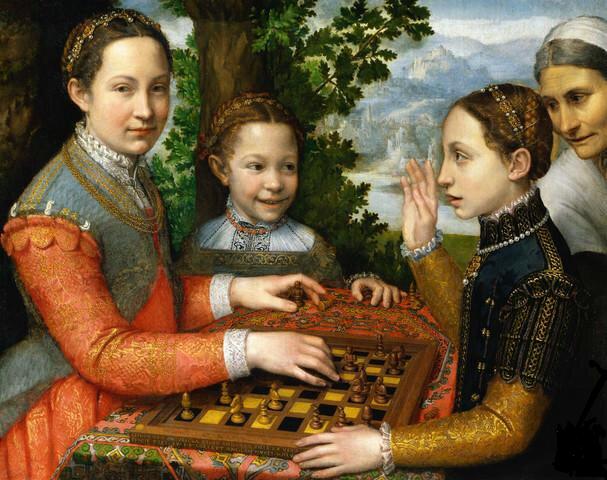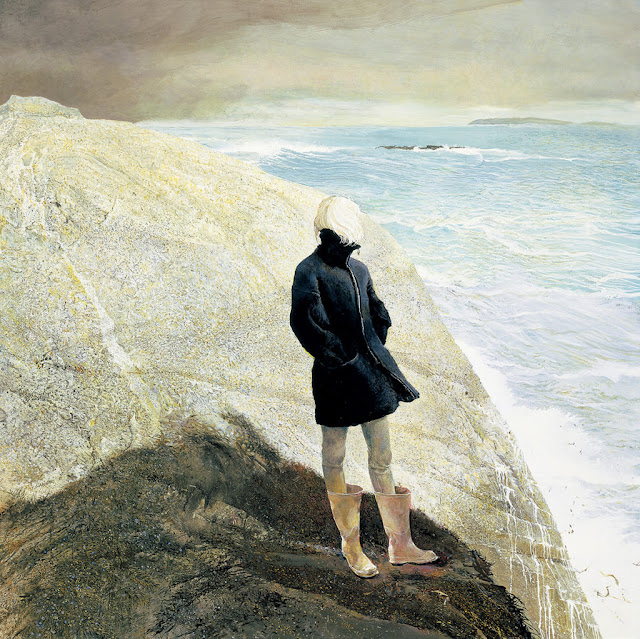Among his many works Van Gogh was known for his many self portraits, the majority of them were painted in less than a five year period and portray the artist in a variety of ways. He drew and painted at least 43 self-portraits in less between 1885-1890.
Lets compare and contrast several of them and see what we can learn about Van Gogh from how he saw and painted himself.
 |
| Self-Portrait of the Artist, Vincent Van Gogh, 1887, Art Institute of Chicago |
The above painting from the Art Institute of Chicago shows the painters new interest in Impressionism. Van Gogh was born in 1853 in the Netherlands and had moved to Paris to live with his brother Theo in March of 1886. While there he was introduced to many Impressionist painters and was influenced by both their vibrant colors and their loose brushstrokes of paint. Before moving to Paris Van Gogh used a darker and more traditional palette. Here he is experimenting with new colors and painting methods.
 |
| Self-Portrait with Grey Felt Hat, October 1887, Vincent Van Gogh, Van Gogh Museum, Amsterdam |
The Self-Portrait with Grey Felt Hat was painted in Paris at a time when Van Gogh is experimenting with new colors and techniques and has had quite a bit of influence from the Impressionist movement.
Through his many self portraits we have a good idea of his physical appearance, Van Gogh had red hair and blue eyes and he wore a beard most of the time. He had a rather thin face, making him appear older than his mid-30's, he had deep set eyes and a long, straight nose. He usually has a look of intense concentration, perhaps as he is both the model and artist in these works and needed to concentrate. Smiling in a portrait didn't come into fashion until the early 20th century as it wouldn't have been possible to hold the pose of a smile, either as a model for a painting or for one of the earlier and much slower photographic methods.
 |
| Self-Portrait at the Easel, Vincent Van Gogh, winter 1888, Van Gogh Museum, Amsterdam |
From 1887-1889 he painted the majority of self portraits, most of them while he was living in Paris. He painted his Self-Portrait at the Easel while in Paris before moving to Arles, it is thought to be his final painting from his time in Paris.
 |
| Self -Portrait Dedicated to Gaugin, (Also called Worshipper of the Eternal Buddha) Vincent Van Gogh, Spring 1888, Fogg Art Museum, Harvard |
Influenced by Japanese prints, Van Gogh painted his Self -Portrait Dedicated to Gaugin in Arles in the spring of 1888 shortly after he moved there and then sent it to Paul Gauguin. Van Gogh wanted to create an artist's community in Arles and very much wanted Gauguin to move there and live with him. Van Gogh was constantly inspired by the colors in the South of France, he named the house he lived in "The Yellow House" and painted every day.
Gauguin did move to Arles in October of 1888 and lived in the "Yellow House" with Van Gogh for three months. While they did enjoy painting together and influenced each other's work, they also quarreled frequently. Their last quarrel led to Van Gogh cutting off part of his ear and needing to be hospitalized, at that point Gauguin left Arles.
 |
| Self-Portrait with Bandaged Ear, Vincent Van Gogh, January 1889, The Courtauld Gallery, London |
After he cut off his ear in a fit of madness he was hospitalized, he painted this shortly after his release in early January when he returned to the Yellow House in Arles. The influence of Japanese prints continues in the background. Though there are other portraits of him without his beard, it was rare for him to paint himself beardless.
His painting himself while injured and bandaged shows how the artist was trying to understand why he had done such a thing rather than shying away from it. It is commonly thought that Van Gogh was suffering from a form of mental illness, though at that time no one knew what it was exactly. Van Gogh himself really wanted to understand his motivations and a few months later voluntarily checked himself into an asylum.
 |
| Self-Portrait of the Artist, Vincent Van Gogh, September 1889, Musée d'Orsay, Paris |
Musée d'Orsay has one of Van Gogh's later portraits (pictured above) that he painted during the time that he lived in the Saint-Paul-de-Mausole asylum in Saint-Remy. He lived there for a year, from May 1889 to May 1890. This was also the time when Van Gogh painted this famous work, The Starry Night.
During the same month he painted this self-portrait he wrote the following in a letter to his brother, Theo-
“It is difficult to know oneself, but it isn’t easy to paint oneself either."
This is one of my favorite paintings of Vincent Van Gogh, and I have been able to see it in person. A photograph doesn't show how thickly he applied his paint and how much texture he incorporated in the work. Keeping in mind that he was in a mental asylum when he painted this self-portrait the viewer can see the look of intensity in his bright blue eyes. That same color blue dominates the painting, both in his clothes and in the background, the work is vibrant and full of movement.
Van Gogh often didn't have much money and by painting himself he always had a ready model, he may also have painted his portrait to emulate the great "Old Masters" and to learn more about himself by studying himself closely in the mirror.
































